Raspberry Pi 3 Model A+ review: A miniature marvel
Bare-bones computing doesn’t get any better than this
The Raspberry Pi 3 Model A+ all but matches the larger B+ for power and features, providing buckets of versatility and demonstrating why Raspberry Pi is the gold standard for microcomputing.
-
+
Improved performance; Built-in Wi-Fi and Bluetooth; Same form-factor as previous A+
-
-
RAM hasn’t been increased

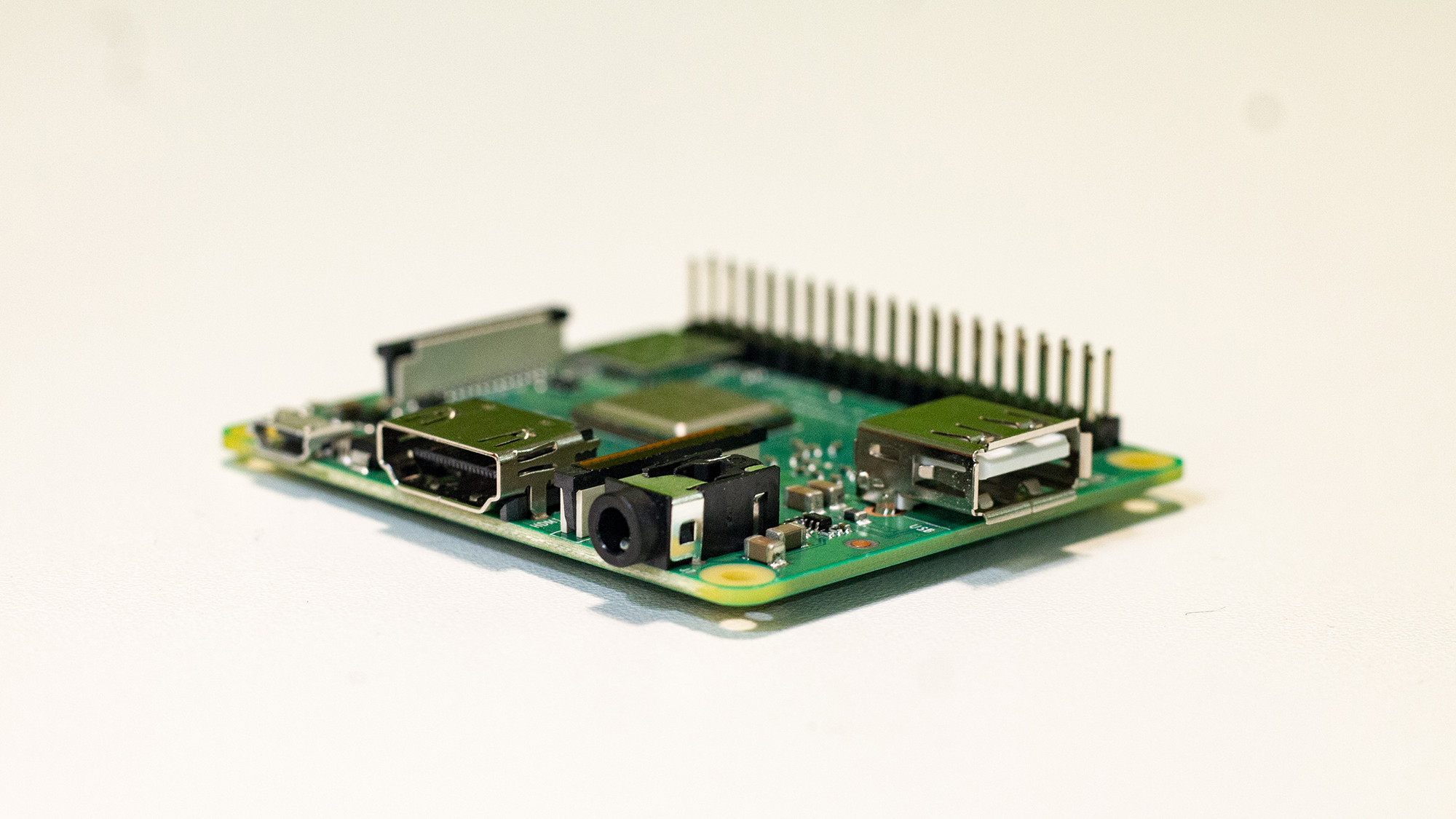
Raspberry Pi 3 Model A+ side angle
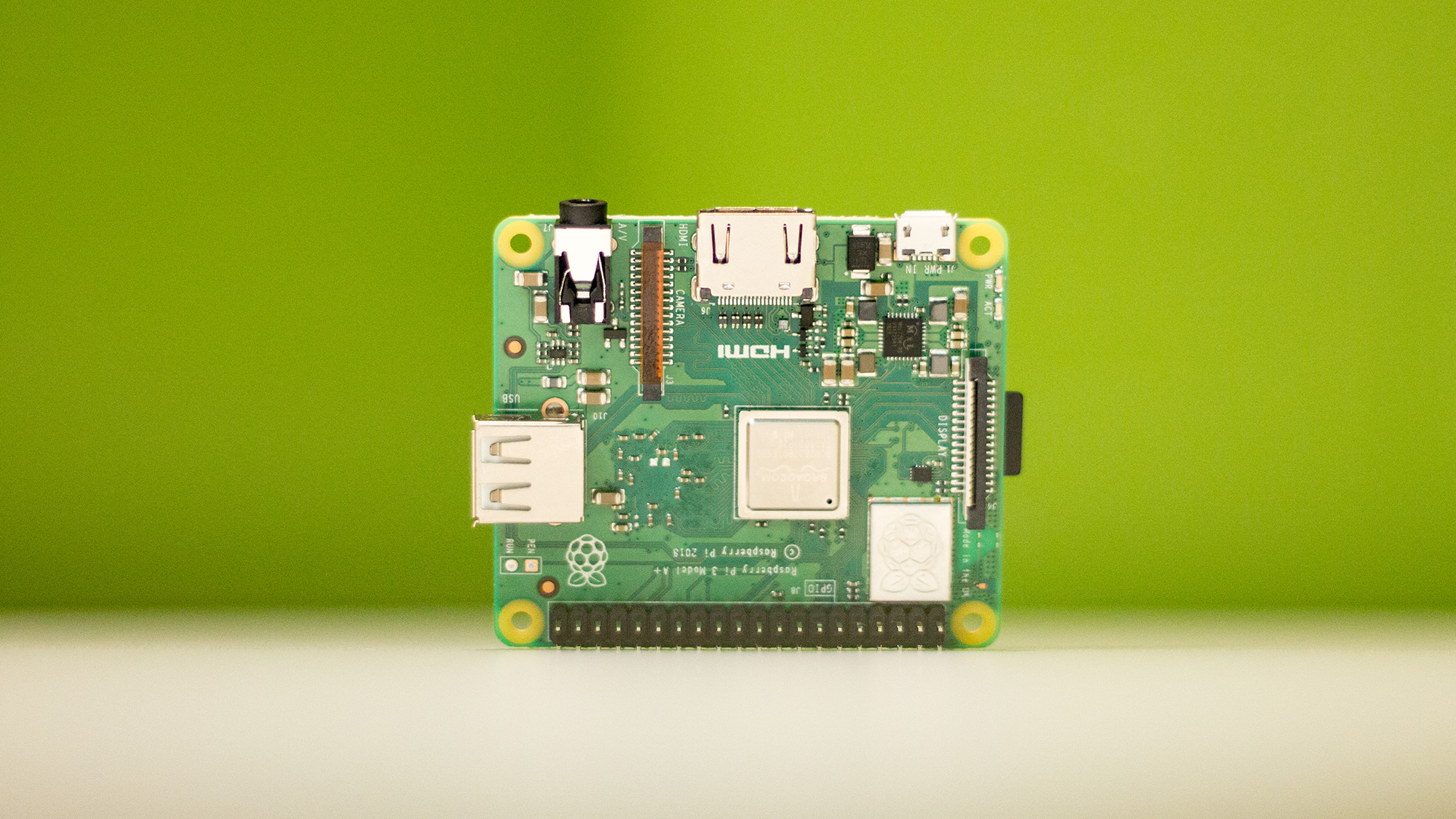
Top view of the Raspberry Pi 3 Model A+ showing CPU and ports
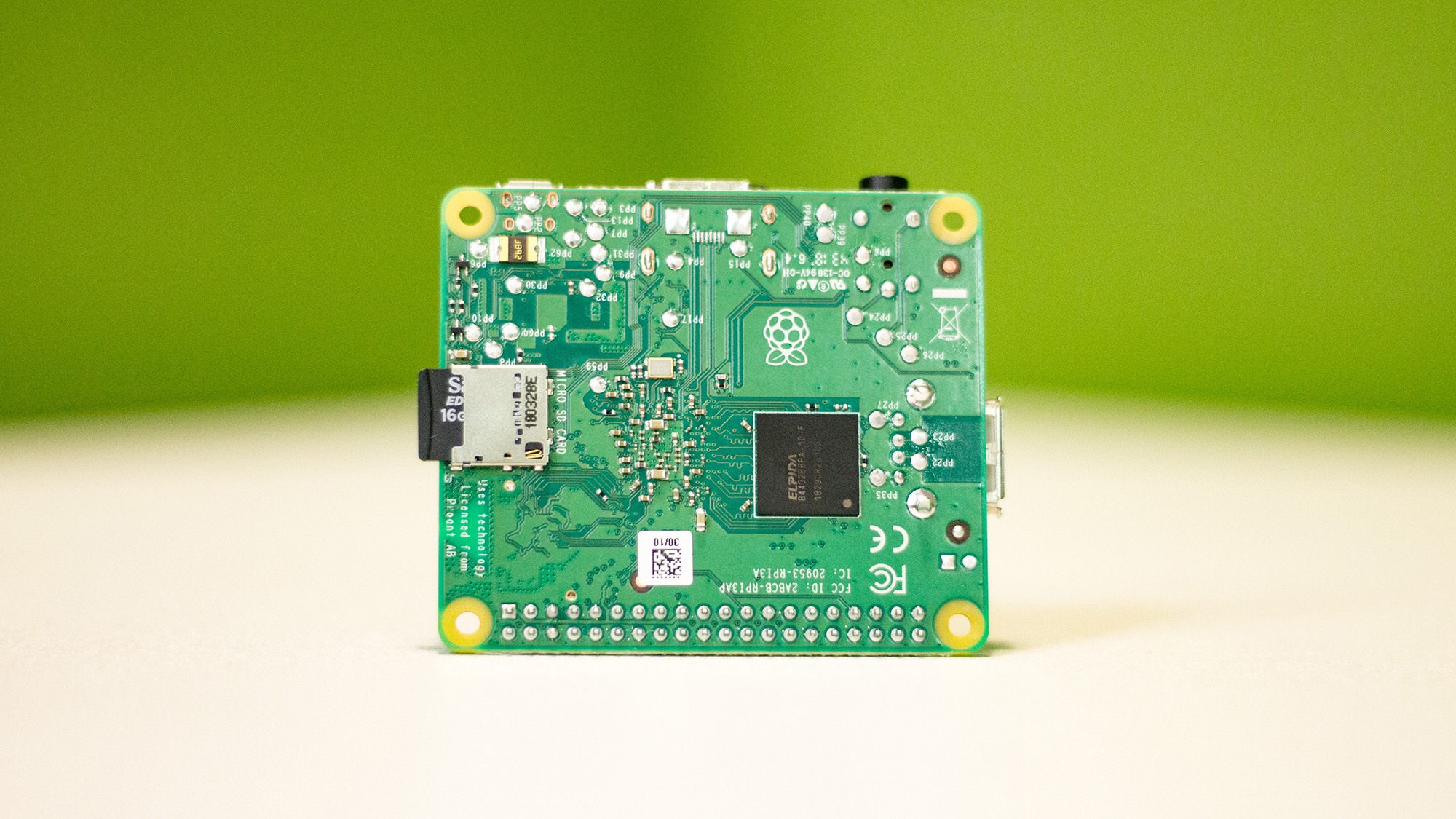
Underside of the Raspberry Pi 3 Model A+ showing microSD card slot
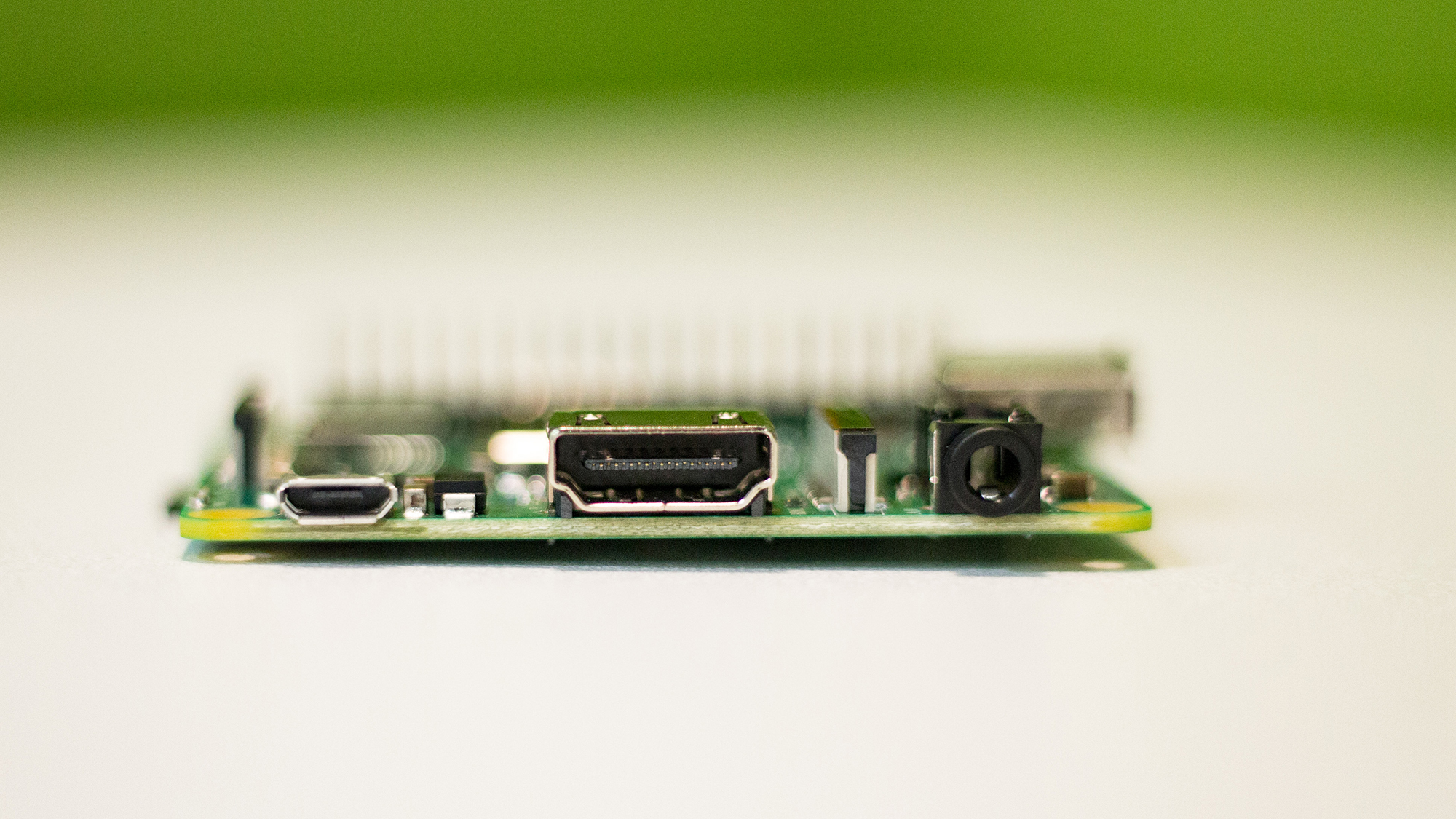
Side view of the Raspberry Pi 3 Model A+ showing power input, HDMI port and 3.5mm jack
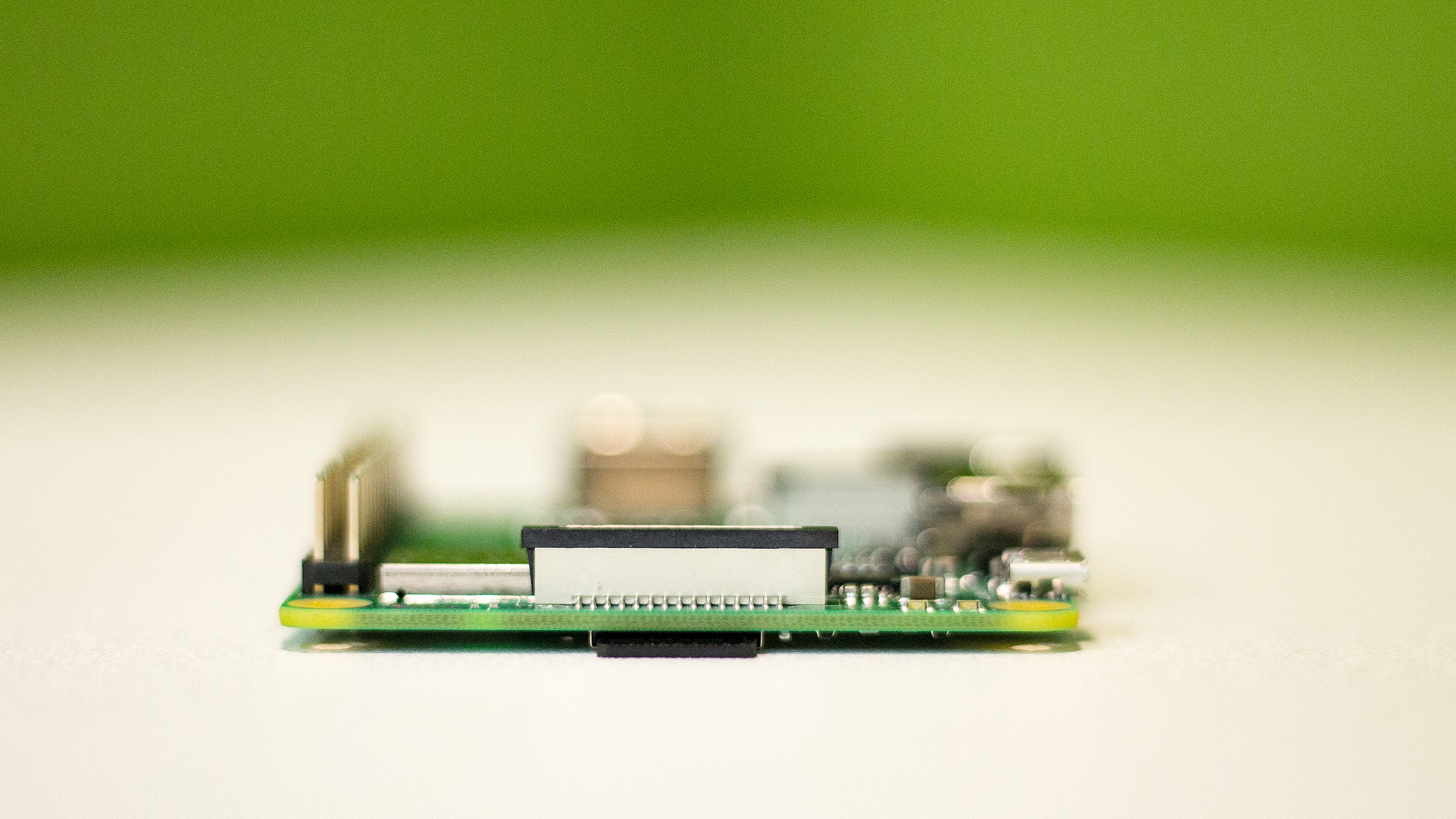
Side view of the Raspberry Pi 3 Model A+ showing DSI display connector
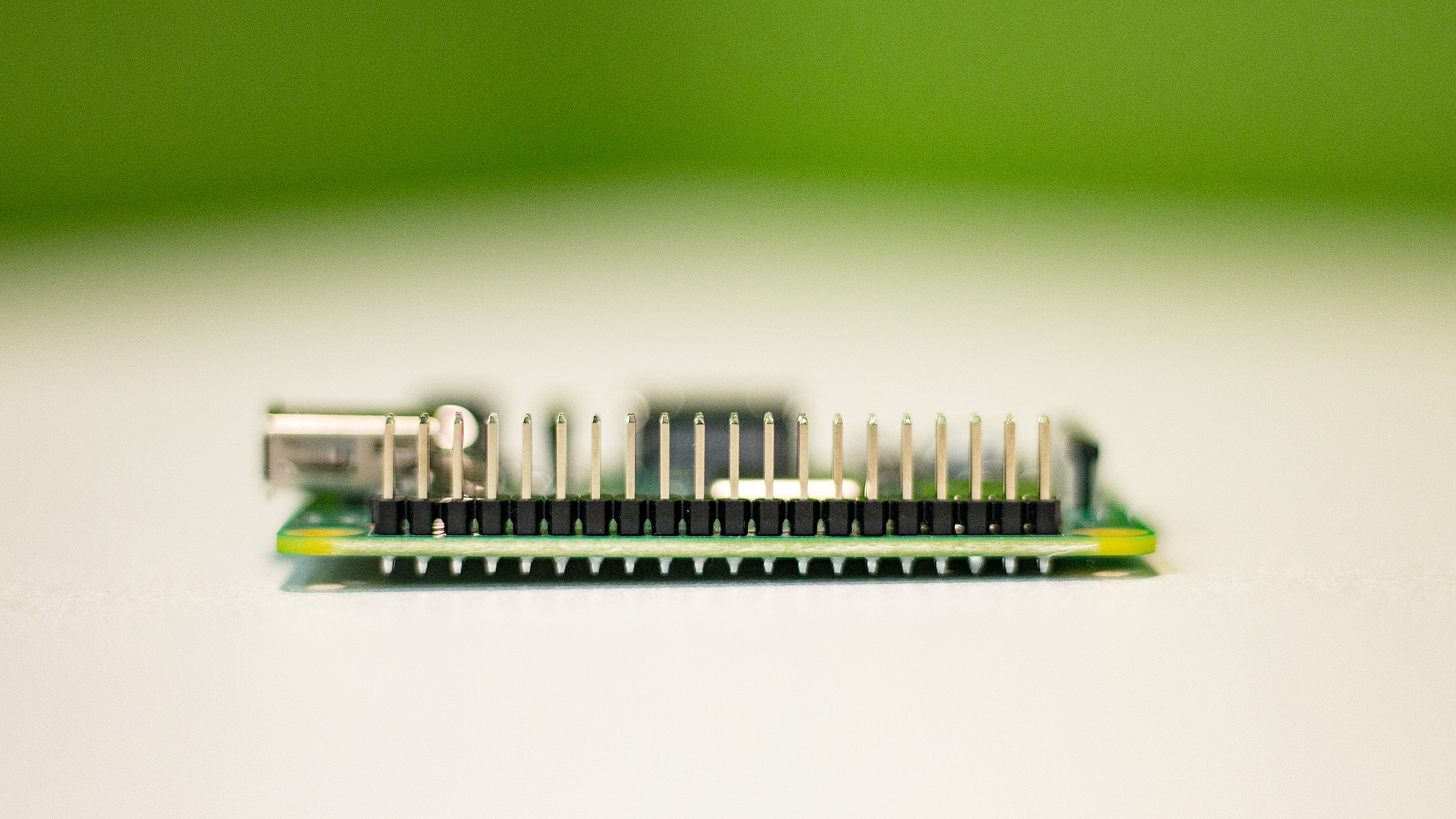
Side view of the Raspberry Pi 3 Model A+ showing GPIO header
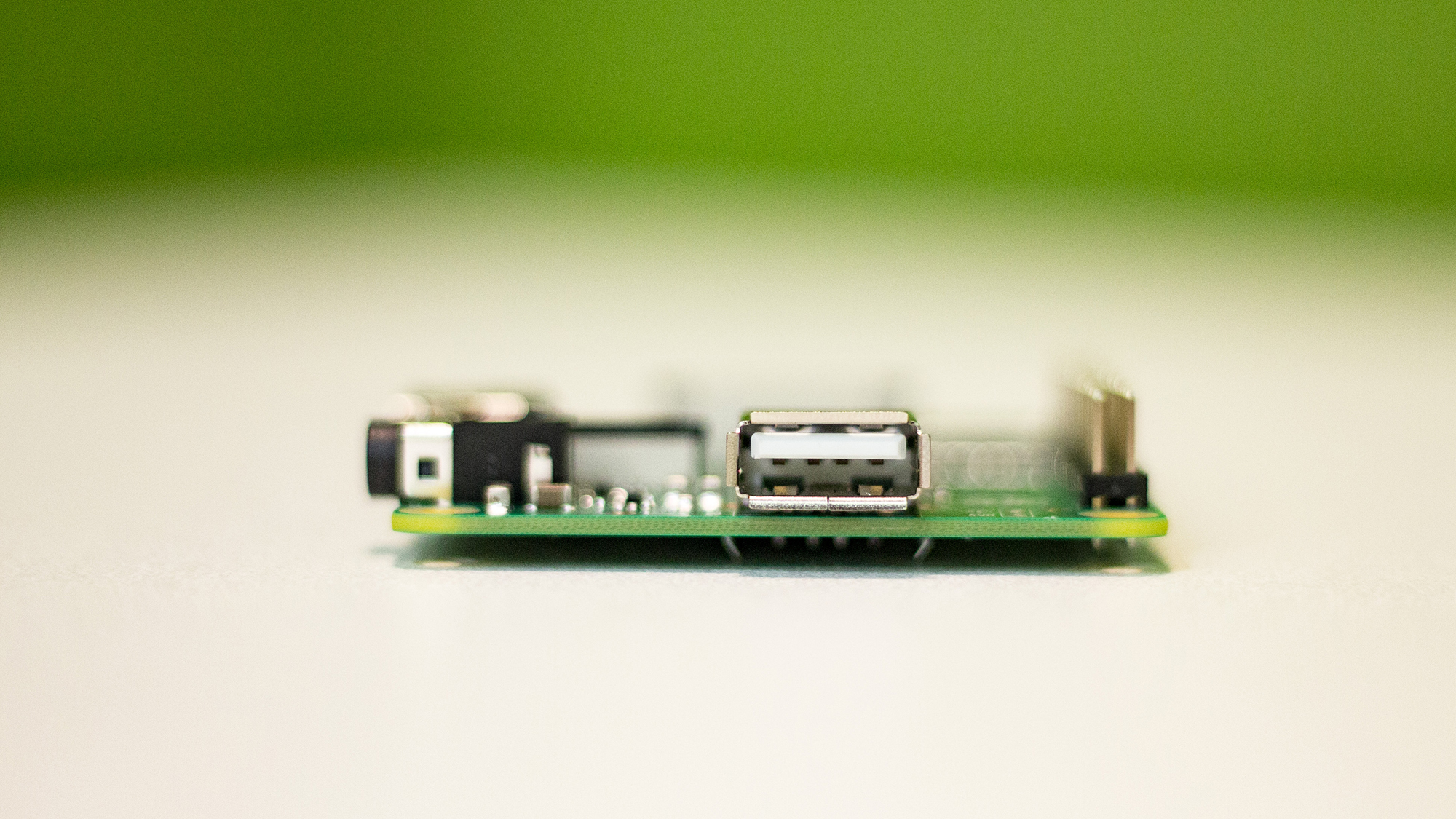
Side view of the Raspberry Pi 3 Model A+ showing USB 2.0 port
While the bite-sized Raspberry Pi Zero and the top-end Raspberry Pi B+ might get all the attention, the Raspberry Pi Model A+ is actually the device of choice for many businesses. The Raspberry Pi Model A is designed to be a smaller and more compact version of the flagship Raspberry Pi B. Trading in a little bit of functionality and connectivity in exchange for a slightly cheaper price and smaller footprint, it's become popular as a headless instrument for powering IoT systems.
Now, thanks to the clever people at the Raspberry Pi Foundation, the Model A+ has had its first update since 2014, with the Raspberry Pi 3 Model A+. The new iteration offers improved performance, a newer processor and some much-needed additional networking capabilities.
Raspberry Pi 3 Model A+: Design
One of the Raspberry Pi team's main goals when developing new iterations of their products is to ensure that the new versions are as interoperable with their predecessors as possible. As such, the newest A+ is visually indistinguishable from the original A+ that launched in 2014.
Like the rest of the Raspberry Pi family, the Model A+ is nothing more than a naked circuit-board with various ports extruding from it - the literal definition of 'bare-bones computing'.
It still measures 65 x 56mm, with all of the ports and connectors in exactly the same place as all of its predecessors - which means that if you've got any cases or housings that were built for the first-generation A+, you can swap the new one in with no modifications necessary.

As with the original, it's an impressively small device - although it's somewhat less impressive now that the Pi Zero has shown what you can do with a device less than half the size of the Model A+. Still, it's about the smallest Pi you're going to get if you want to retain the full-sized ports and GPIO pins.
Raspberry Pi 3 Model A+: Specs and performance
The Raspberry Pi Model A hasn't been updated in four years, so it's well overdue for a performance boost. It's now graduated from the single-core Broadcom BCM2835 processor which powered the first-generation Pi models to a quad-core Broadcom BCM2837B0 processor clocked at 1.4GHz - the same chip used by the larger Raspberry Pi 3 B+.
Sign up today and you will receive a free copy of our Future Focus 2025 report - the leading guidance on AI, cybersecurity and other IT challenges as per 700+ senior executives
The amount of RAM hasn't changed though - that's still limited to 512MB, same as it was on the previous generation. Thankfully, that hasn't proved to be a huge barrier; the smaller Model A+ kept pace with the B+ in the Hardinfo benchmarks and various browser-based tests, slowing down only in Javascript-heavy tests like JetStream - and even then, not by much.
All told, the Model A+'s base speed is about on par with the Model B+'s, which is pretty astonishing. You'll start to see it struggle if you do much multi-tasking with it, but then that's not really what the A+ is for. It's designed much more as a control board for computing projects or IoT installations. If nothing else, the lack of ports is going to more frustrating for those trying to use it as a miniature desktop computer than any speed issues.
Raspberry Pi 3 Model A+: Ports and features
After all, ports are in short supply here; in terms of traditional ports, you've got a HDMI output, a single USB 2.0 port and a 3.5mm audio and composite video port, while more technical projects are supported via a full 40-pin GPIO header and ports for connecting cameras and displays via ribbon cable.

Thankfully, the new and improved A+ has something up its sleeve to compensate for this arguably underwhelming port selection: wireless connectivity. Unlike the original A+, the new model now has dual-band 11ac Wi-Fi and Bluetooth built in, meaning no need for dongles or adapters. Undoubtedly the most significant improvement, this will make the new A+ much more suited to IoT projects, and most importantly, the Wi-Fi components have already passed the modular compliance certification tests, so products incorporating the new A+ will be able to speed through compliance testing much faster.
If you do decide to use the new Model A+ as a desktop device, however, it's worth noting that the H.264 video encoder that's built into the CPU means it's now capable of playing back 1080p video at 30fps - which is mighty impressive for something this small and cheap.
Raspberry Pi 3 Model A+: Verdict
The Raspberry Pi Foundation continues to blow us away with the continued improvements to their products; every time we think they've hit a ceiling in terms of the Pi family's versatility and capability, they surprise us yet again.
The Raspberry Pi 3 Model A+ is one such surprise, taking what was already one of the best single-board computers for industrial projects and IoT deployments and making it even more flexible with the addition of Wi-Fi and Bluetooth.
Performance-wise, it's effectively on par with the Model B+, with the same feature-set; the only thing that really separates them is the size, cost and number of ports. For those who want to use the Raspberry Pi as a no-frills desktop PC or a retro gaming machine, we'd still recommend the B+ due to its slight performance edge and larger port selection, but for any projects, builds or installations that require a cheap, robust and powerful control board, the Raspberry Pi 3 Model A+ is the absolute king.
Verdict
The Raspberry Pi 3 Model A+ all but matches the larger B+ for power and features, providing buckets of versatility and demonstrating why Raspberry Pi is the gold standard for microcomputing.
Adam Shepherd has been a technology journalist since 2015, covering everything from cloud storage and security, to smartphones and servers. Over the course of his career, he’s seen the spread of 5G, the growing ubiquity of wireless devices, and the start of the connected revolution. He’s also been to more trade shows and technology conferences than he cares to count.
Adam is an avid follower of the latest hardware innovations, and he is never happier than when tinkering with complex network configurations, or exploring a new Linux distro. He was also previously a co-host on the ITPro Podcast, where he was often found ranting about his love of strange gadgets, his disdain for Windows Mobile, and everything in between.
You can find Adam tweeting about enterprise technology (or more often bad jokes) @AdamShepherUK.
-
 Trump's AI executive order could leave US in a 'regulatory vacuum'
Trump's AI executive order could leave US in a 'regulatory vacuum'News Citing a "patchwork of 50 different regulatory regimes" and "ideological bias", President Trump wants rules to be set at a federal level
By Emma Woollacott Published
-
 Microsoft Excel is still alive and kicking at 40 – and it's surging in popularity as 82% of finance professionals report ‘emotional attachment’ to the spreadsheet software
Microsoft Excel is still alive and kicking at 40 – and it's surging in popularity as 82% of finance professionals report ‘emotional attachment’ to the spreadsheet softwareNews A recent survey found Gen Z and Millennial finance professionals have a strong “emotional attachment” to Microsoft Excel
By Emma Woollacott Published
-
 LastPass hit with ICO fine after 2022 data breach exposed 1.6 million users – here’s how the incident unfolded
LastPass hit with ICO fine after 2022 data breach exposed 1.6 million users – here’s how the incident unfoldedNews The impact of the LastPass breach was felt by customers as late as December 2024
By Emma Woollacott Published
